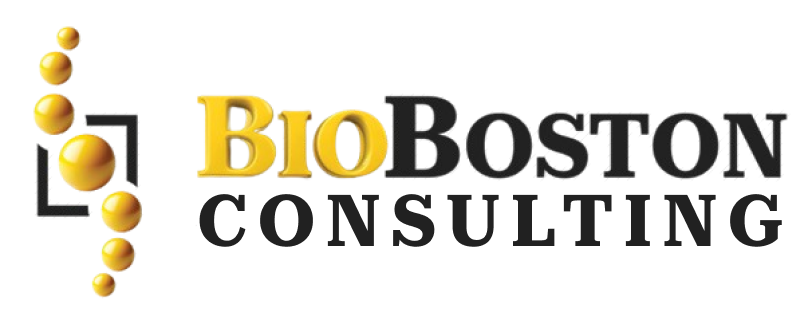Discover how effective project management can accelerate regulatory submissions and product launches in the life sciences. Learn about gap analysis and remediation strategies for compliance.
In this series of case studies, we take a closer look at general cases when a top-tier quality and regulatory consulting firm’s project management mastery is often critical to helping companies successfully move their products through the rugged terrain of regulations.
Introduction
Regulatory submissions: The life science industry is deeply regulated and relevant authorities rely on regulatory submissions as the way of communication to convey message among the different hubs well connected with each other.. Nevertheless, the path to regulatory approval is typically long and tortuous with multiple challenges.
Efficient project management is the key element that can accelerate the process and allow on-time regulatory submissions, and successful product launches.
The Regulatory Submission Hurdle
The life science sector, undoubtedly, is one of the most regulated industries with demands on product safety and effectiveness. This involves strict compliance with numerous regulations, laws and quality standards.
Regulatory submissions, including clinical trial applications and market authorizations as well as post-market surveillance are key elements of a product’s lifecycle. The financial impact and patient access to life-saving treatment of regulatory submissions can be significant if there are delays.
Doing Your Gap Analysis and Find Out What Is Blocking You
In order to submit a product for regulation, it is important to find gaps and issues of non-compliance before the product process moves forward. Gap assessment is an organized activity to evaluate the process, documentation, and quality systems against the recognized standard(quality systems required by regulation).
This is used to make sure that all requirements are well known and can be delivered by the time a regulatory submission is made.
The success of driving quality and regulatory compliance during a gap assessment relies on the project management experience of quality and regulatory consulting firms.
Things they do that help: They use their experience.
Review Processes in Detail:
Assess your current processes, documentation and quality systems for gaps and any noncompliance.
Follow Regulatory Requirements:
Interpret intricate regulatory requirements and map them to a business operation.
Prioritize Corrective Actions Bases on Regulatory Submissions/ Product Launch Timelines: Revisit corrective actions and prioritize them based on regulatory submissions/product launch timelines.
Strategic Guidance:
Assistance in providing strategic guidance to establish and execute effective remedies.
Remediation: Closing the Gaps
Once gaps are found through a gap assessment, remediating the gaps becomes crucial. Remediation — When the audit identifies problems, you must correct them so that the relevant processes and documentation comply with regulatory expectations.
A well-defined project management — Effective project management is an important factor in ensuring that remediation efforts are effective, timely, and coordinated.
Remediation efforts are where quality and regulatory consulting firms truly shine, as they can aid by:
Action Planning: Correction of Identified Gaps
Project Prioritization –to prioritize Regulatory Bulletin submission timelines and high risk remediation efforts.
Resource allocation: The proper use of personnel and technology to fix the issue more quickly.
Progress Monitoring: Ongoing monitoring and reporting on progress of remediation efforts to ensure timely completion.
Effects on Regulatory Submission and Product Launching
Gap assessment and remediation, efficiently managed through project management is crucial to regulatory filings and product launches. Here is how:
On-time Submissions: Knowing about the problem early allows for corrective measures on time and preventing delays that impact drug regulatory submissions.
Regulatory Aspects: Better compliance on regulatory and quality fronts increases the probability of getting approvals.
Risk Mitigation: Proactive Gap assessment and remediation helps mitigate non-compliance risks.
Reduce Costs: Save money by effectively streamlining processes so they can address issues up front and not incur the cost of regulatory delays, or rework.
Conclusion
Project management excellence is the key to success in delivering regulatory approval and product launches, on time and within cost, for life sciences.
Working together with a team of experts from quality and regulatory consulting firms, who are extremely experienced in gap assessment and remediation can create a huge difference. They offer a detailed, structured plan to recognize, rank and manage gaps in support of achieving your regulatory submission timelines and compliance.
Navigating the process of regulatory approval is a good strategy in this business. Consulting firms ensure effective project management through partnering with quality and regulatory consulting firms.
Contact BioBoston Consulting or Call us today or visit our website to find out more about what we can do for your organization.


